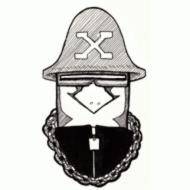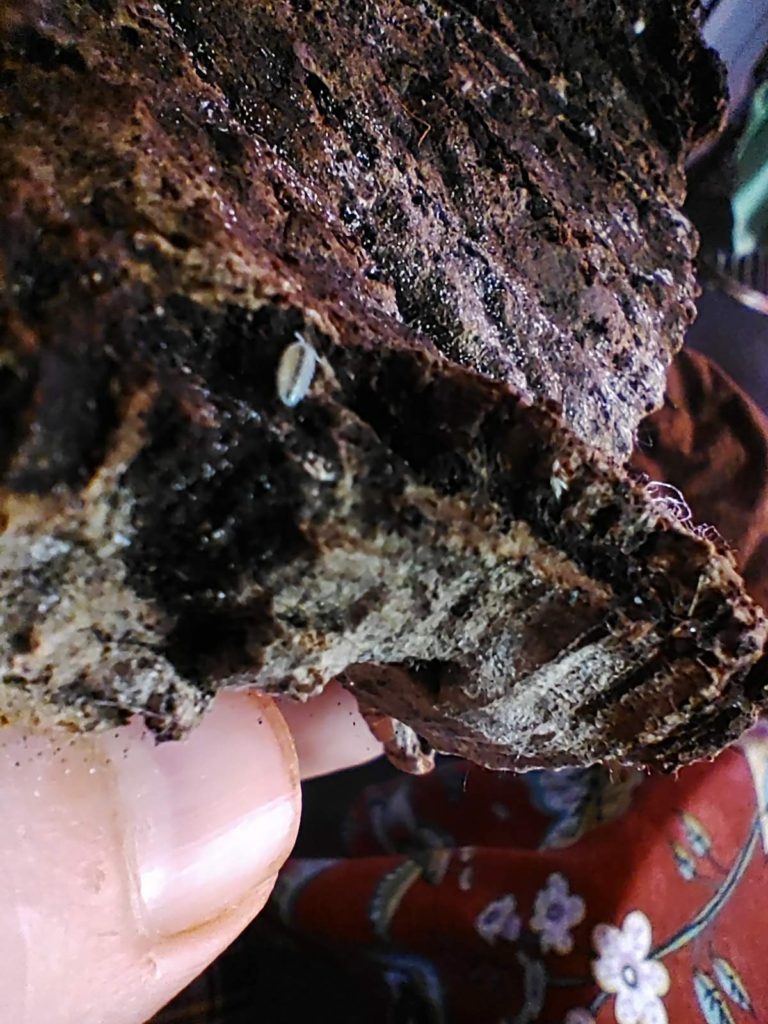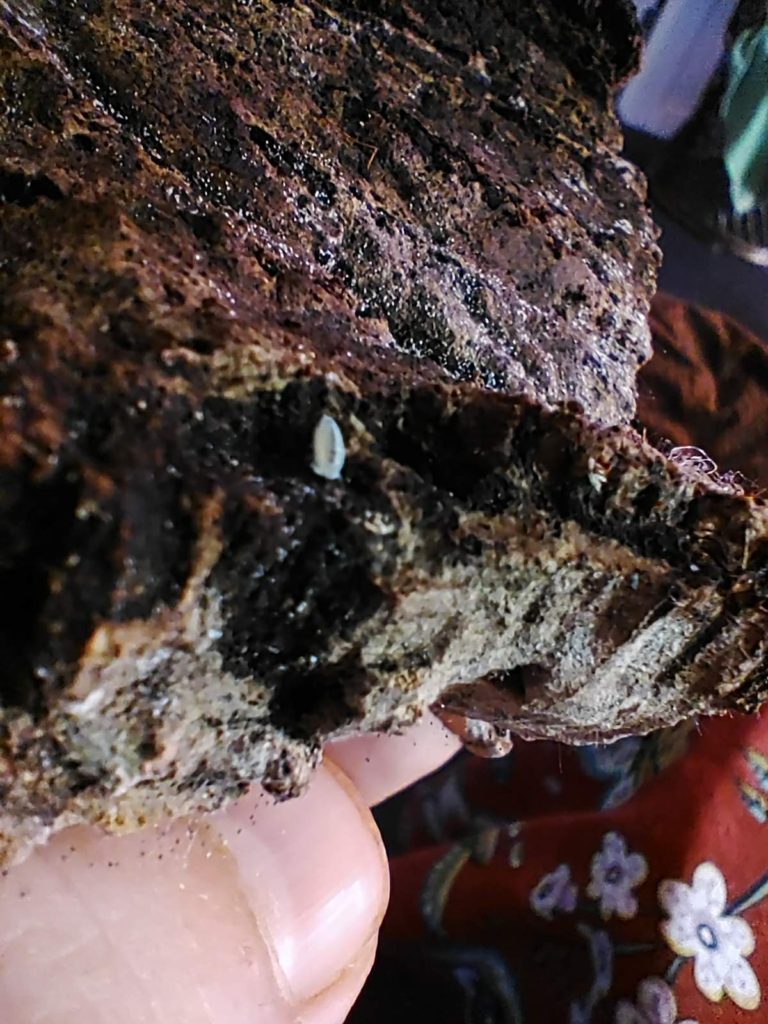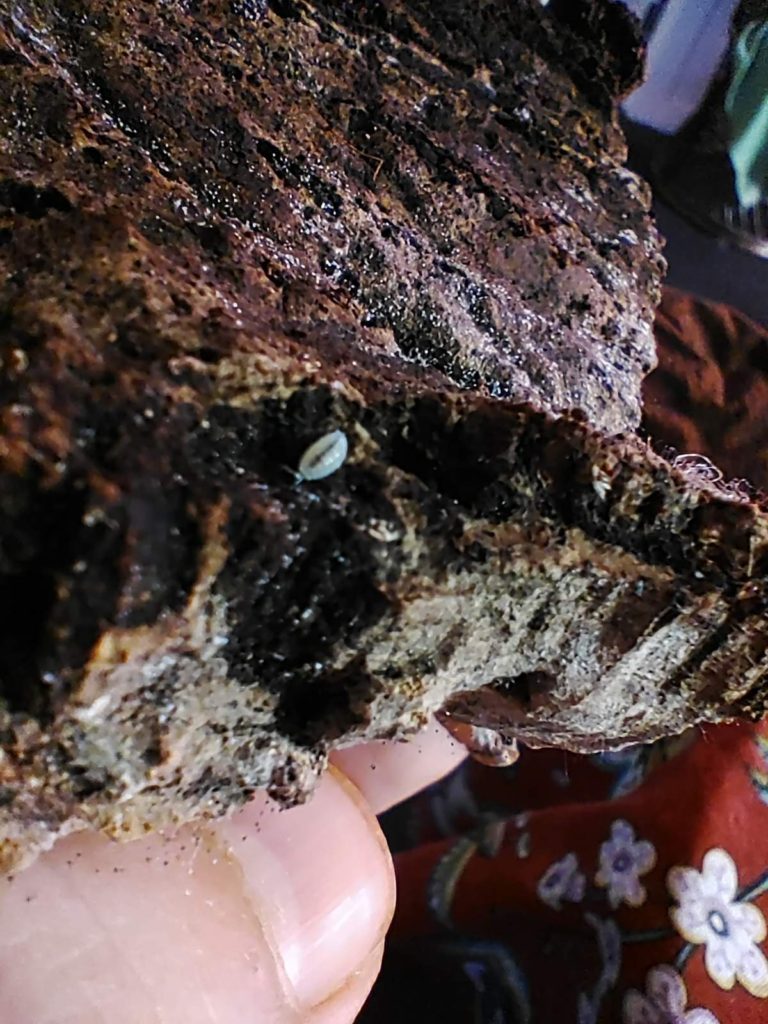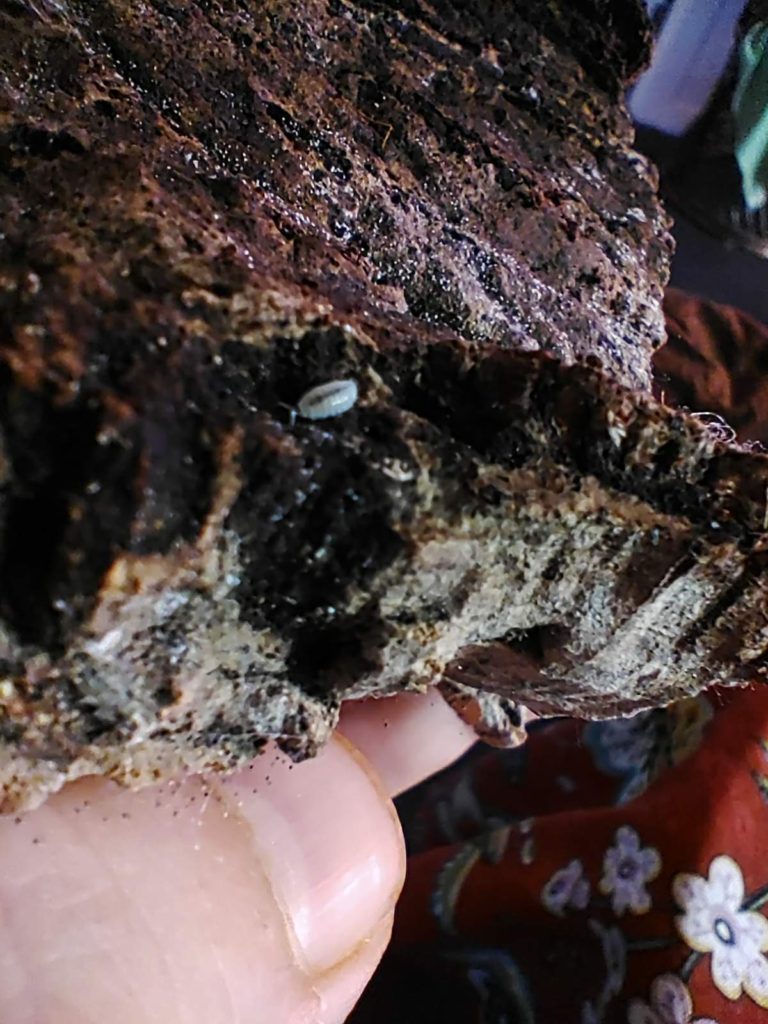Today we look at the least of my isopods, the Trichoniscus sp. or Dwarf Purple isopod. These are also called “micropods” by some, which I think is a great description for these tiny and elusive beasts.
These isopods are VERY shy, and seem to spend the bulk of their time down in the soil rather than under leaf litter or bark chunks. The best method I’ve found for coming across any specimens at all while interacting with their ranch is to gently dig up some substrate with my isopod shovel and hope that the dig will expose a buried treasure. I avoid doing this often, as I’m sure they don’t appreciate it. I’m able to find a couple specimens with just a couple shovels full, so it seems like the ranch may be decently populated, even though I can’t hope to ever get a count on them due to their invisible nature. I feel like I could have easily kept this culture in a much smaller container for quite some time before needing to upgrade it to one of my full-sized isopod tubs.
They seem to grow to about 2mm in length, so they are very hard to see much detail on, and their young seems to range down to springtail-sized. Rather than a true purple color, they are greyish-white with a small purple-ish line on their back.
This isopod was the result of an uninformed impulse buy; I was picking up my first isopods at the local pet shop and decided to get a random second variety rather than just coming home with some zebras. I whipped out my phone in the pet shop and did all of 90 seconds of research and made my selection. I unfortunately found an article on Giant Purple isopods, which are of an entirely different nature to these tiny things. Purple Dwarfs love very wet environments, so I’m concerned that they won’t do well in the hedgehog vivarium. I’ll give them a go, and if they don’t do well, I’ll consider trading them out for something more productive. They are certainly small and secretive enough to avoid hedgehog predation!
